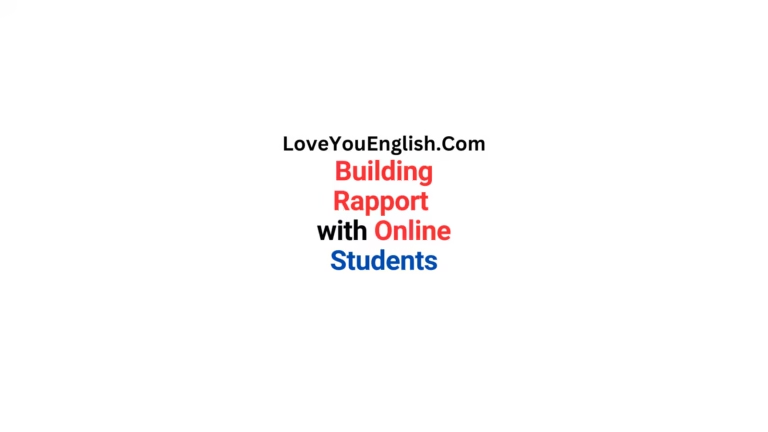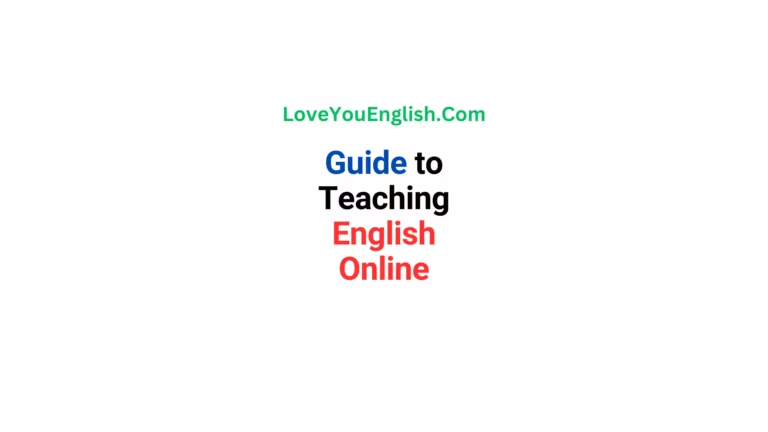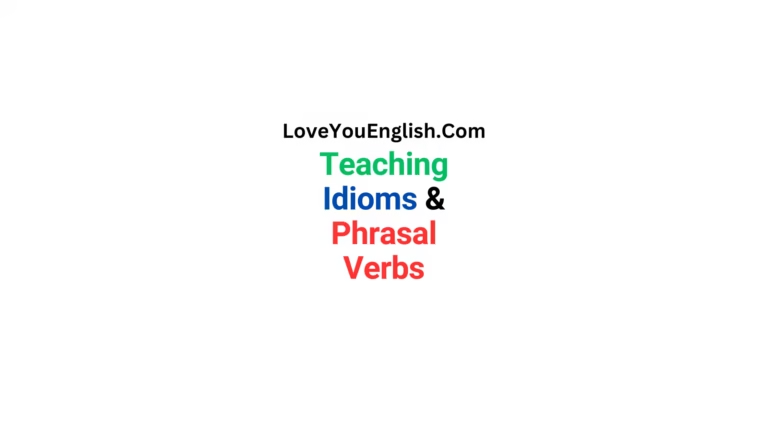The Rise of Online English Teaching
Sharing is caring!
Imagine a world where learning English is no longer bound by classroom walls, where a student in a remote village can master the language with a teacher halfway across the globe—all with just a click. That world isn’t a distant dream; it’s here, and it’s transforming lives every day. The rise of online English teaching has flipped the script on education, making it more accessible, flexible, and downright exciting than ever before. What started as a niche experiment has exploded into a global phenomenon, and I’m here to take you through how it happened, why it matters, and where it’s headed.
Let’s rewind a bit. English has long been the lingua franca of the modern world—think business deals in Singapore, tech startups in Bangalore, or tourists navigating New York. But for years, learning it was a privilege reserved for those who could afford pricey tutors or live near decent schools. If you grew up in a rural area or a non-English-speaking country with limited resources, good luck. Traditional education had gatekeepers: geography, money, and time. Then came the internet, and with it, a quiet revolution began to brew.
The early 2000s saw the first sparks of online learning. Platforms like Skype gave adventurous teachers a way to connect with students remotely. Picture this: a teacher in London sipping tea, chatting with a student in São Paulo over a grainy video call, both fumbling with headsets. It wasn’t glamorous, but it worked. These pioneers proved something big—that distance didn’t have to be a barrier. Fast forward to the 2010s, and things kicked into high gear. High-speed internet spread, smartphones became ubiquitous, and companies like VIPKid, iTalki, and Preply popped up, turning a quirky idea into a booming industry.
So, what fueled this rise? For one, technology got better—and cheaper. A decade ago, a stable video call felt like a luxury; now, it’s a given. Apps streamlined everything—scheduling, payments, lesson plans—making it dead simple for teachers and learners to connect. But it’s not just about tech. The demand for English skyrocketed too. As globalization tied economies closer together, knowing English went from a “nice-to-have” to a “must-have” for millions. A factory worker in Vietnam might need it to land a better job, while a teenager in Poland might want it to ace university entrance exams. Online teaching met that demand head-on, offering lessons anytime, anywhere.
Then came 2020—the year that changed everything. When the pandemic hit, classrooms shut down, and traditional education screeched to a halt. Suddenly, online English teaching wasn’t just an option; it was a lifeline. Teachers who’d never touched Zoom before became pros overnight. Students who’d never dreamed of virtual lessons adapted fast. I remember talking to a friend, a teacher in California, who went from a bustling classroom to teaching kids in China from her living room. “It was chaos at first,” she laughed, “but then I realized I could reach students I’d never have met otherwise.” That shift wasn’t temporary—many stuck with online learning even after the world reopened.
Let’s talk about why this matters. Accessibility is the big win here. Online English teaching has demolished barriers that kept people out of the game. A single mom working two jobs? She can learn at midnight after the kids are asleep. A student in a war-torn region? He can study as long as he’s got a phone and a signal. Cost is another game-changer. Traditional language schools can charge an arm and a leg, but online platforms often let you pick from a range of prices—sometimes as low as $5 a lesson. It’s not perfect (we’ll get to the downsides), but it’s a hell of a lot more inclusive than what we had before.
And the flexibility—wow. Teachers love it too. I’ve met folks who’ve turned online teaching into a nomadic lifestyle, hopping from Bali to Berlin with a laptop and a Wi-Fi connection. One teacher I know, Sarah, told me she used to dread her hour-long commute to a language school. Now, she teaches from her kitchen, sets her own hours, and actually enjoys her mornings. Students get the same perk—learning on their terms, whether it’s a quick 30-minute session or a deep dive over a weekend. It’s education that fits real life, not the other way around.
Of course, it’s not all sunshine and rainbows. The rise of online English teaching has its hiccups. For one, the market’s flooded with teachers—some amazing, some… less so. Without a physical classroom’s oversight, quality can vary wildly. You might get a certified pro one day and someone who barely speaks English the next. Platforms try to vet teachers, but it’s not foolproof. Then there’s the tech issue. Not everyone has reliable internet or a quiet space to learn. I heard about a student in India who had to climb a hill to get a signal for her lessons—dedication, sure, but hardly ideal. And let’s be real: staring at a screen isn’t the same as chatting face-to-face. Some learners miss the human vibe of a classroom.
Companies are doubling down, adding AI tools like speech recognition to correct pronunciation or gamified apps to keep kids hooked. Teachers are getting savvier too, using virtual whiteboards, breakout rooms, and even VR headsets to spice things up. It’s not just a stopgap anymore; it’s a whole new way to learn.
So, who’s driving this? The students are a mixed bag—kids whose parents want them ahead of the curve, adults chasing career boosts, even retirees picking up a new skill. Teachers range from fresh grads paying off loans to seasoned pros looking for a change. I talked to Mark, a retiree in Texas who started teaching online for fun. “I thought I’d do it for a month,” he said. “Two years later, I’ve got students in Japan who send me thank-you notes.” It’s stories like that—personal, human connections across borders—that make this rise so compelling.
Where’s it going next? The future’s wide open. Hybrid models might blend online and in-person learning, giving the best of both worlds. AI could take over rote tasks like grammar drills, freeing teachers for the juicy stuff—conversation, culture, real communication. Governments might jump in too, funding online English programs to boost their workforces. Imagine a world where every kid, no matter where they’re born, gets a shot at mastering English. That’s the kind of ripple effect we’re talking about.
But here’s the thing: the rise of online English teaching isn’t just about language. It’s about opportunity. Every lesson is a door cracked open—a job interview nailed, a scholarship won, a friendship forged. I think of people like Ana, a student I heard about from Brazil. She learned English online, landed a remote job with a U.S. company, and now supports her family. That’s not just a success story; it’s a life changed.
As I write this on March 26, 2025, the world feels smaller than ever. Online English teaching has shrunk it even more, stitching together a tapestry of learners and teachers who’d never have crossed paths otherwise. Is it perfect? Nope. Is it powerful? You bet. This isn’t the end of the story—it’s the start of something bigger. So next time you hear someone practicing their English over a video call, remember: you’re witnessing a quiet revolution, one lesson at a time.
You may want to read:
Sharing is caring!






